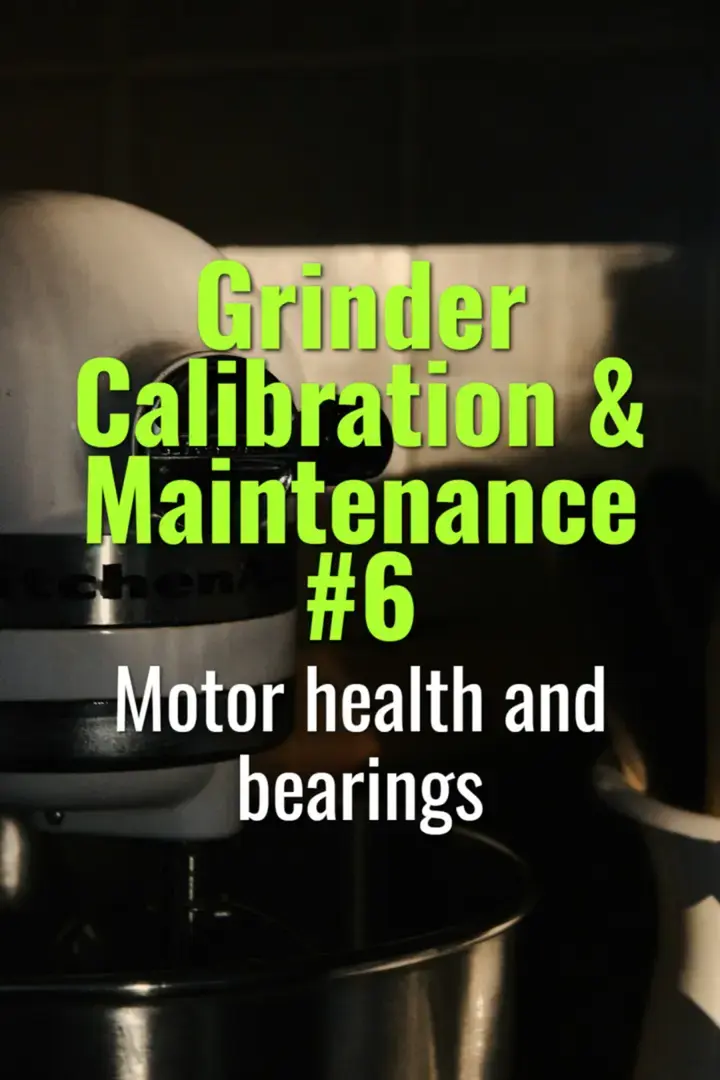Motor health and bearings
How to monitor and maintain a grinder’s motor and bearings, recognizing signs of wear and ensuring long-term reliability.
- Coffee Basics Nerds
- 2 min read
Article 6 of 12 in Grinder Calibration & Maintenance/

Why Motor Health Matters
- The motor drives burrs at consistent speed and torque.
- Motor issues lead to inconsistent grind size, overheating, or total failure.
- Bearings ensure burrs rotate smoothly without wobble.
Signs of Motor Stress
- Unusual Noises: Grinding, whining, or rattling = bearing wear.
- Overheating: Motor housing hot to touch after short use.
- Slow Starts: Delay or struggle when powering on.
- Power Fluctuations: Variable RPMs or stalling under load.
Bearings and Their Role
- Bearings hold burr shaft in alignment.
- Worn bearings cause:
- Burr misalignment → uneven grind.
- Extra friction → motor strain.
- Increased fines and flavor inconsistency.
Preventive Care
- Regular Cleaning: Keep dust and fines out of motor vents.
- Lubrication: Some commercial grinders require periodic bearing lubrication.
- Avoid Overloading: Don’t grind beyond grinder’s duty cycle.
- Proper Voltage: Ensure stable electrical supply to prevent stress.
Maintenance Schedule
- Monthly: Check for unusual noises, heat, or wobble.
- Annually (or by usage hours): Inspect bearings for play and smoothness.
- Replacement: Bearings often last several years but should be replaced at first sign of wear.
Safety Note
- Bearing or motor replacement should be performed by qualified technicians.
- Always unplug grinder before inspection.
Summary
Maintaining motor health and bearings is crucial for consistent grinding performance. Watch for noise, heat, or slow starts as warning signs, keep dust out, and service bearings when worn. Healthy motors and bearings mean smooth operation, accurate grinds, and extended grinder lifespan.